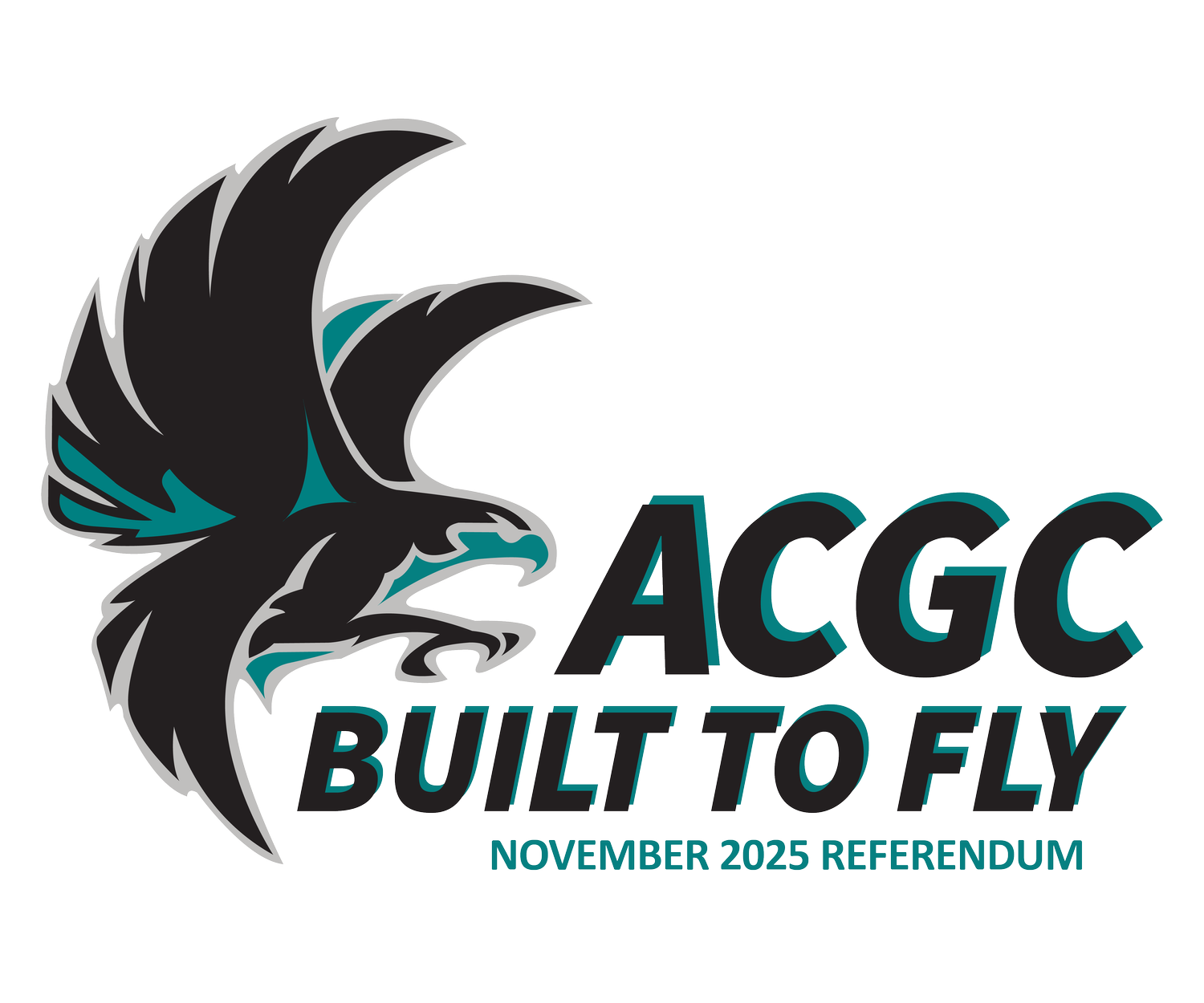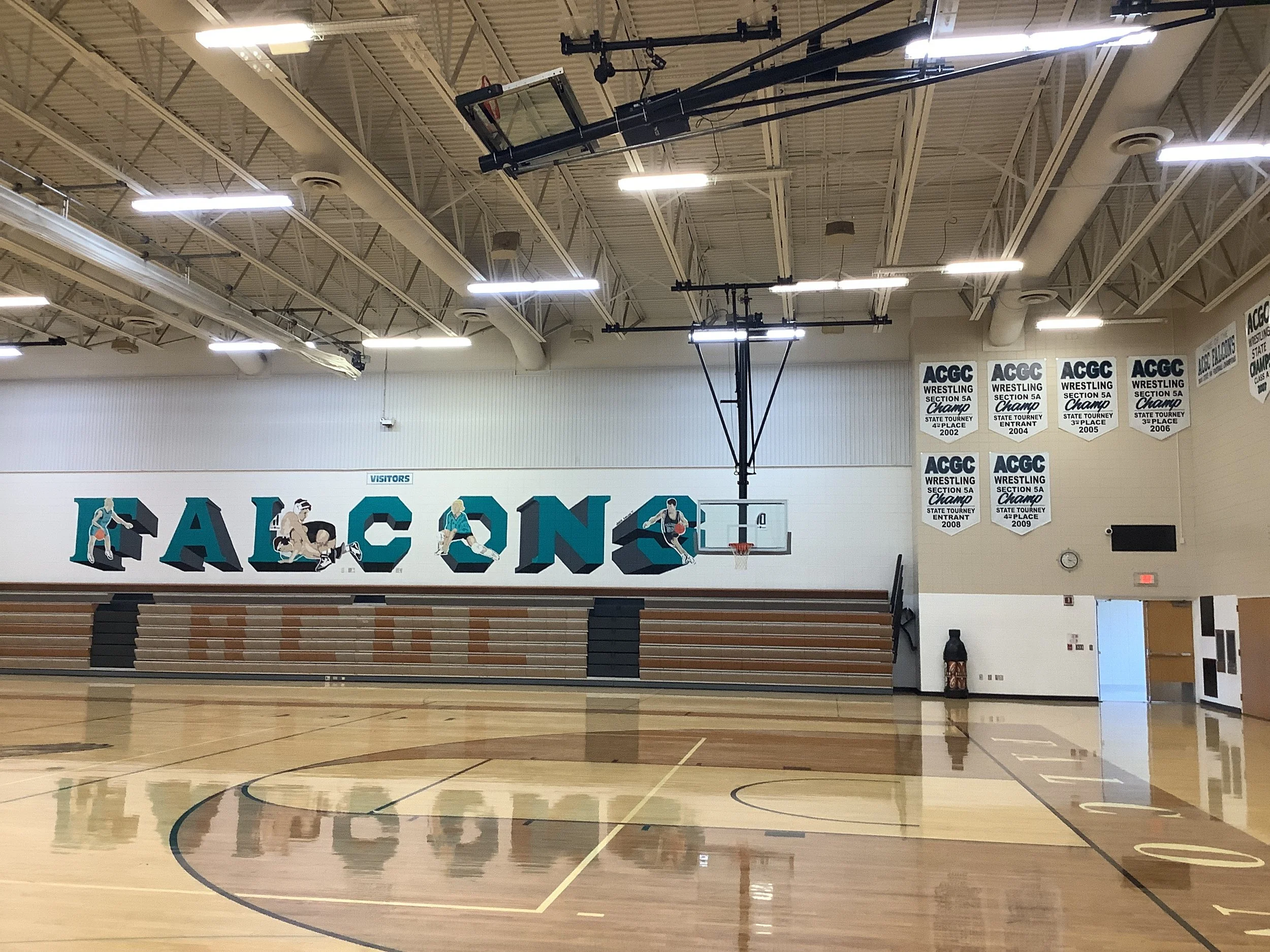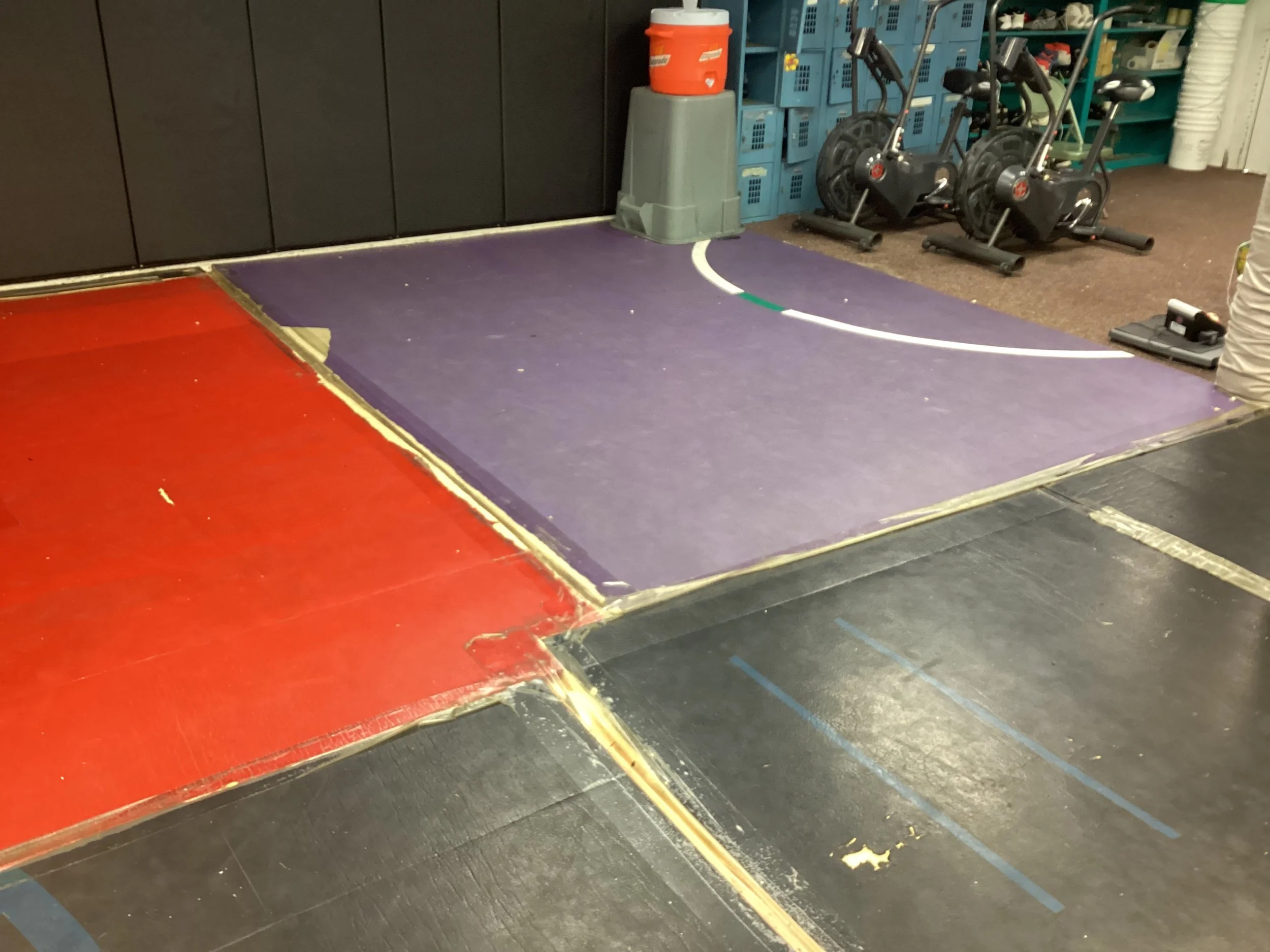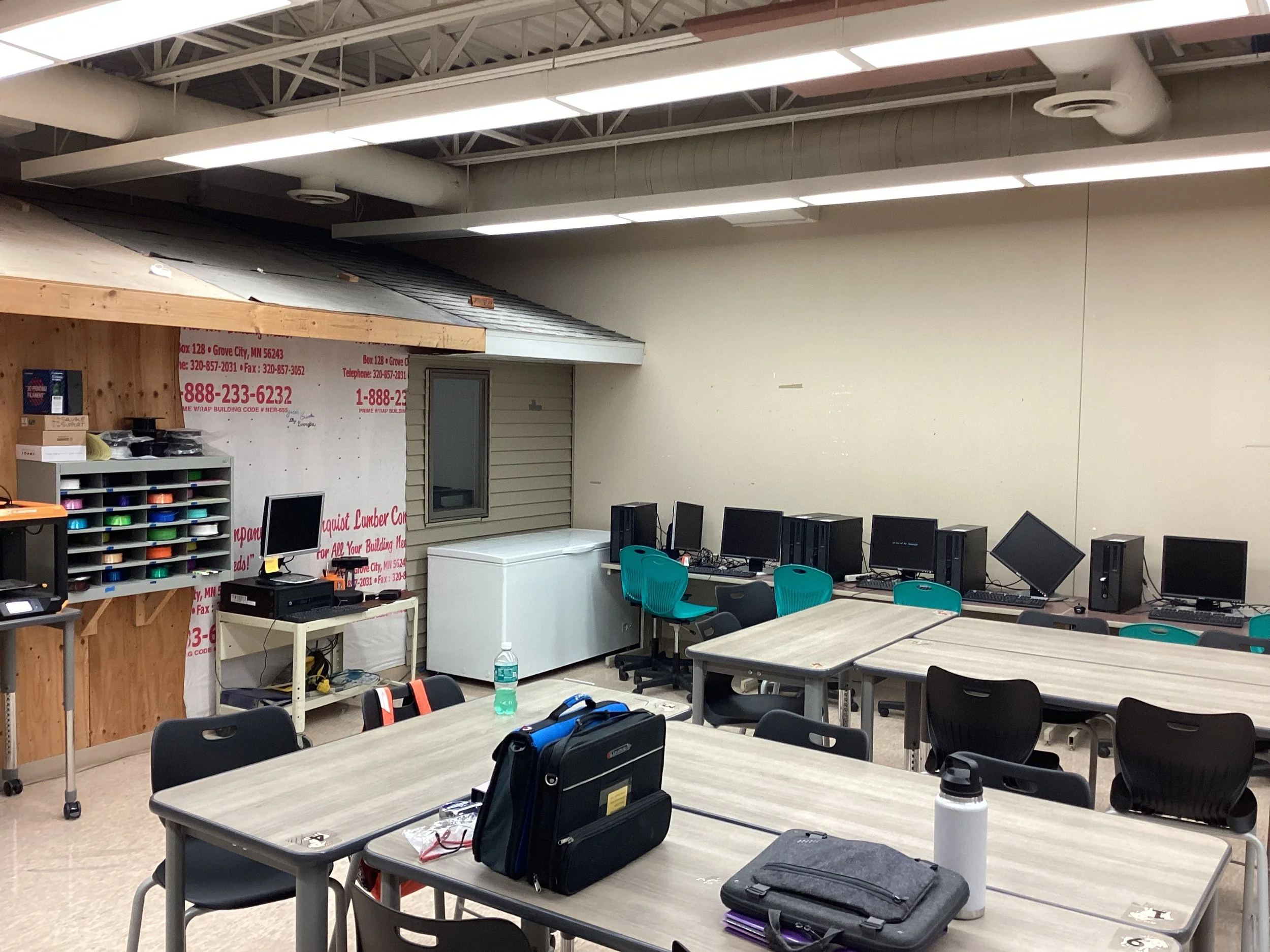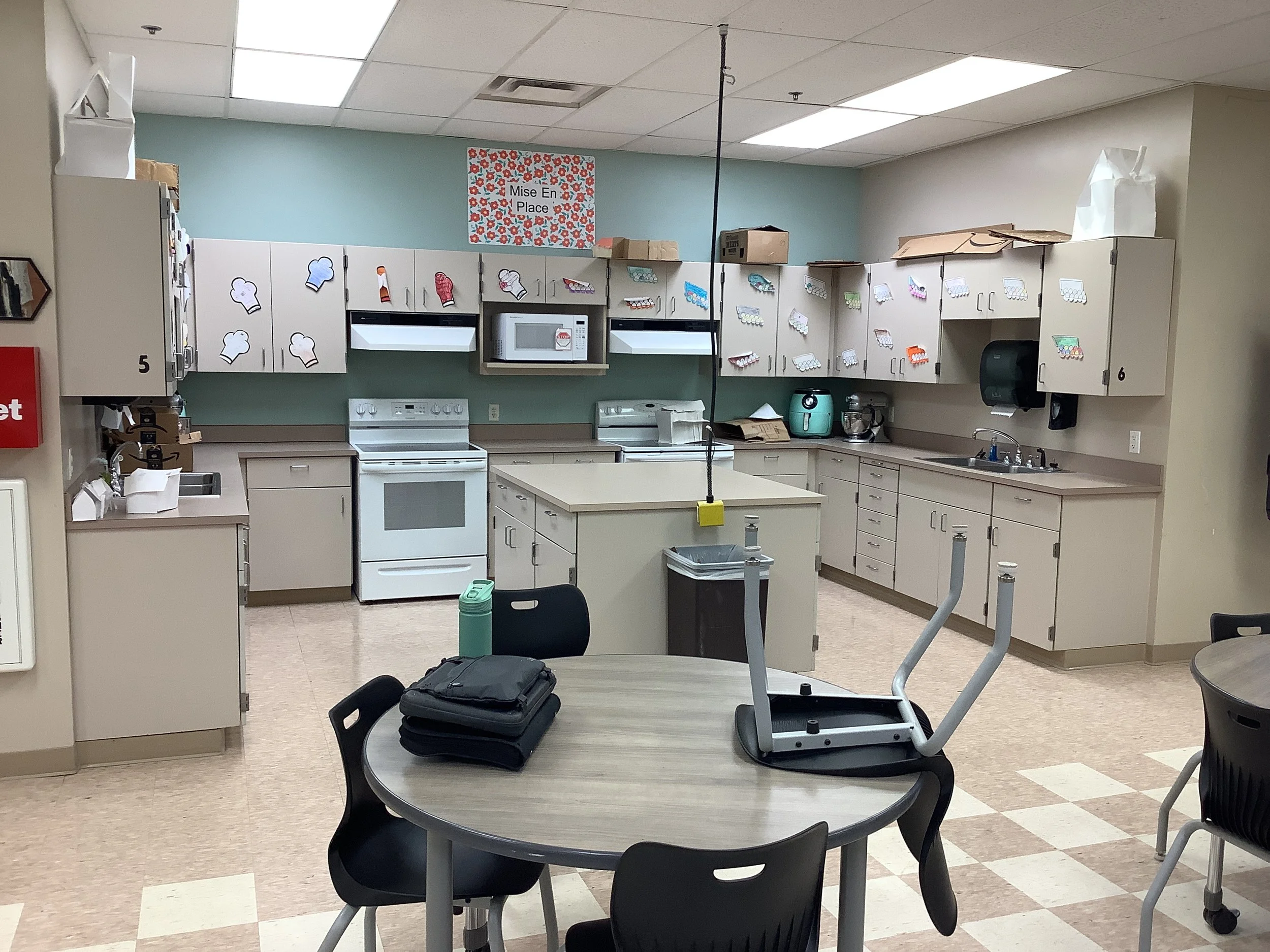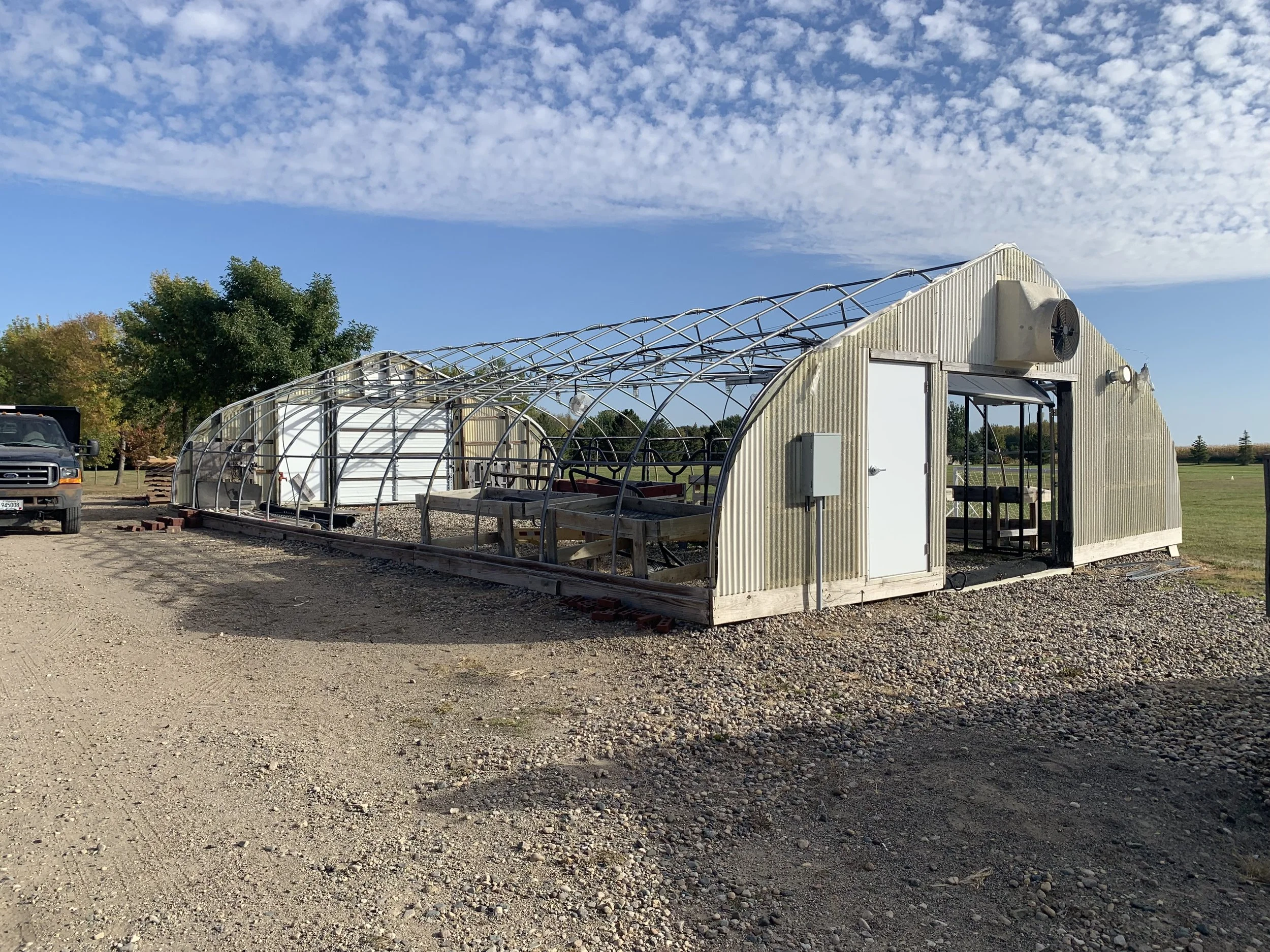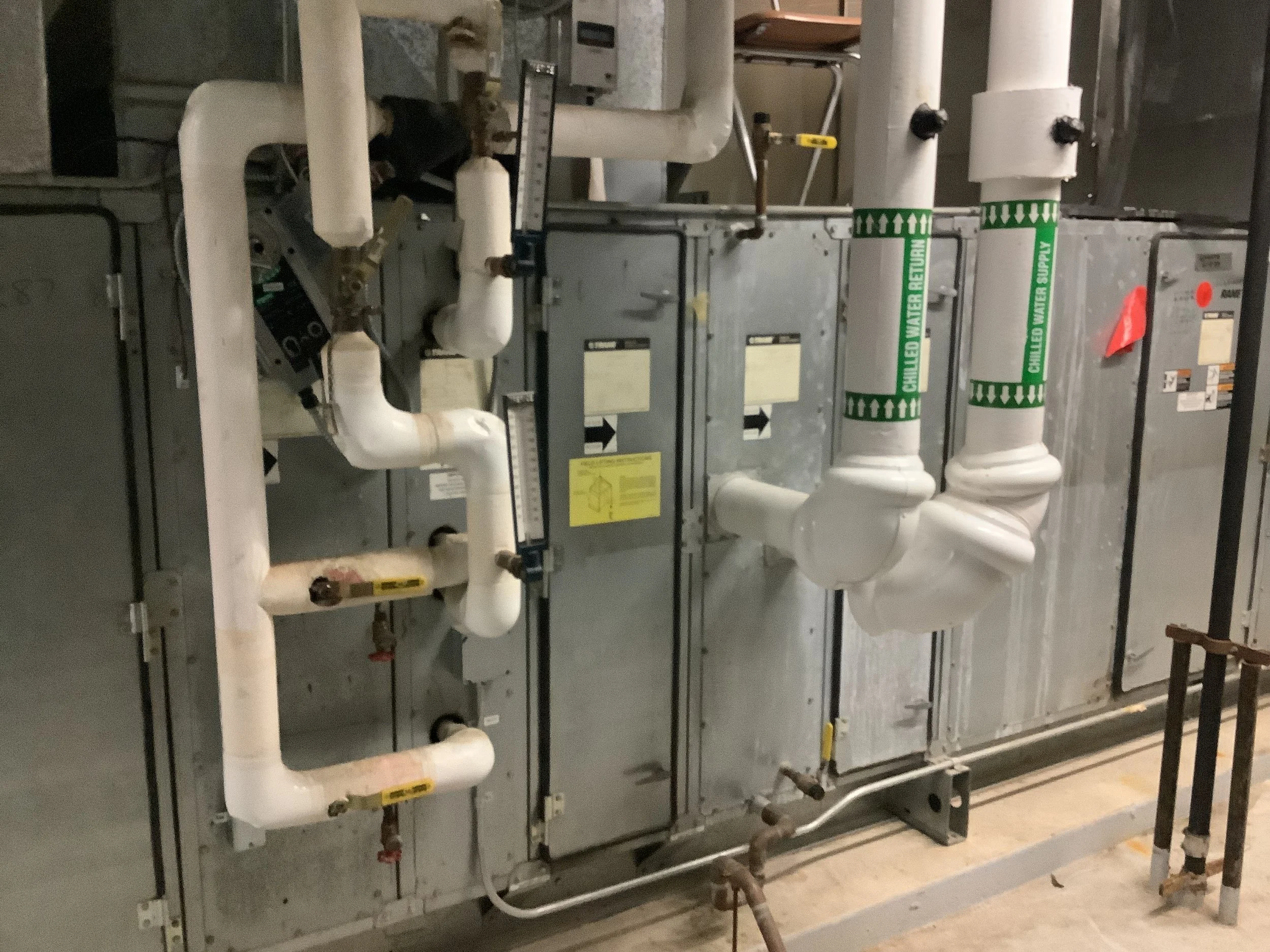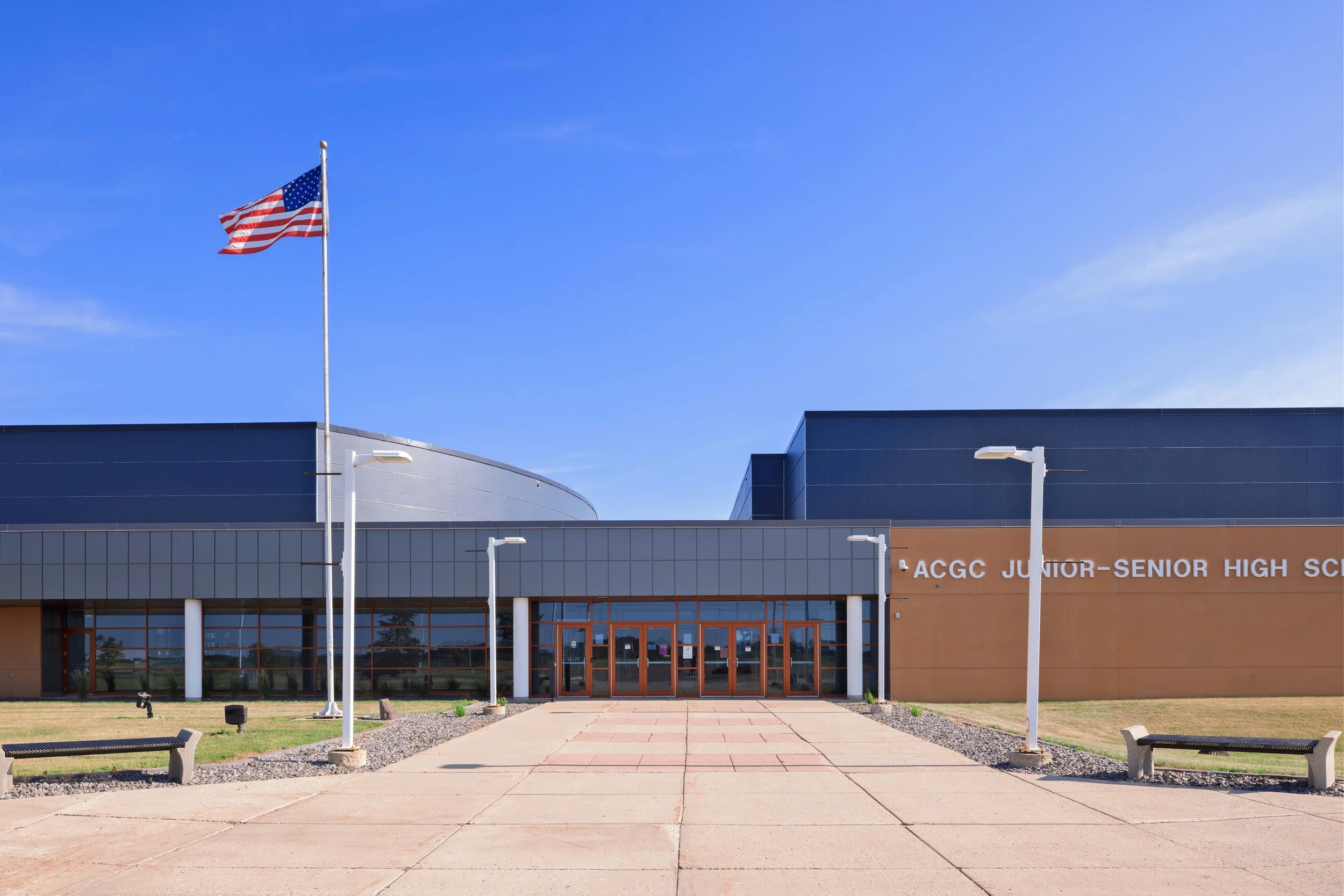
Our Challenges
Learn about the top needs identified by students, staff, and community members
While we’ve maintained our facilities well over the years, space constraints, outdated infrastructure, and evolving programming expectations make it increasingly difficult to serve students effectively and provide equitable access to activities for all families.
Space to support physical education and fitness, Career and Technical Education (CTE), and extracurricular activities is limited.
Physical Education and Activities:
We’ve identified significant limitations for physical education, fitness, and extracurricular programming that affect student opportunities and operational efficiency. These space constraints are most noticeable during the winter months, when the gymnasium is heavily used for physical education classes, school athletics, and community programming.
The current gymnasium is operating at or near full capacity, which forces youth and athletic programs like youth volleyball and basketball into late-night or weekend time slots.
These scheduling pressures can be difficult for families to manage, and they reduce access to healthy activities for younger students. The ripple effect also impacts teachers, custodial staff, and coaches who must adjust their work hours to accommodate facility availability.
Fitness and Health:
Our existing fitness room cannot support a modern student wellness program. Our current space, originally designed for storage, lacks the appropriate square footage, ventilation, and equipment needed for physical conditioning or health-focused activities.
Because of these limitations, many students have limited access to weight training, cardio exercise, or strength-building programs during the school day or as part of extracurricular offerings.
Wrestling Facility:
The school’s wrestling program is currently housed in a detached building located behind our 5–12 school. While functional in past years, this space now presents several issues, especially as the program continues to grow. Its mechanical systems, including heating and ventilation, need significant upgrades, and its remote location raises safety and supervision concerns, especially in colder months.
CTE Programming:
Our CTE programs don’t have enough space, which impacts the programs we provide students. Our agriculture, welding, construction technology, woods, health, and family and consumer sciences (FACS) programming all require specialized instructional environments, equipment, and storage. Our current space does not provide the flexibility or safety features needed to support expanded programming in these areas. As workforce demands evolve, students need earlier and more consistent exposure to technical skills and career pathways.
Although we have maintained our facilities well, critical physical infrastructure improvements extend beyond our annual budgets.
5–12 Building:
At our 5–12 building in Grove City, several infrastructure components have reached the end of their expected lifespan. The building’s boiler is aging and needs to be replaced to maintain energy efficiency and indoor air quality.
Our parking lots also need resurfacing and repairs to address cracking, drainage issues, and accessibility concerns.
This building requires water filtration system upgrades to ensure continued access to clean drinking water.
PreK–4 Building:
At our PreK–4 building in Atwater, updates to the building envelope, including repairing bricks and replacing seals, are needed to prevent moisture and extend the building’s durability.
Safety enhancements, such as improved emergency exits from the gymnasium and updated exterior lighting, have also been identified as high priorities. In addition, similar to our 5-12 building, our school needs a water filtration system upgrade to ensure continued access to clean drinking water.
